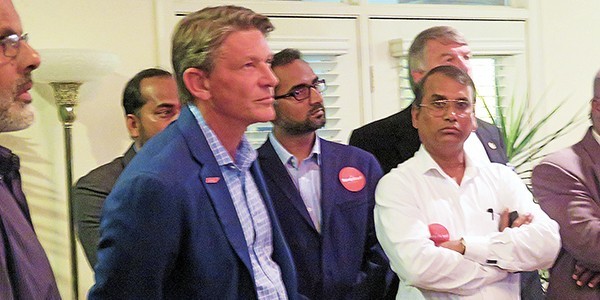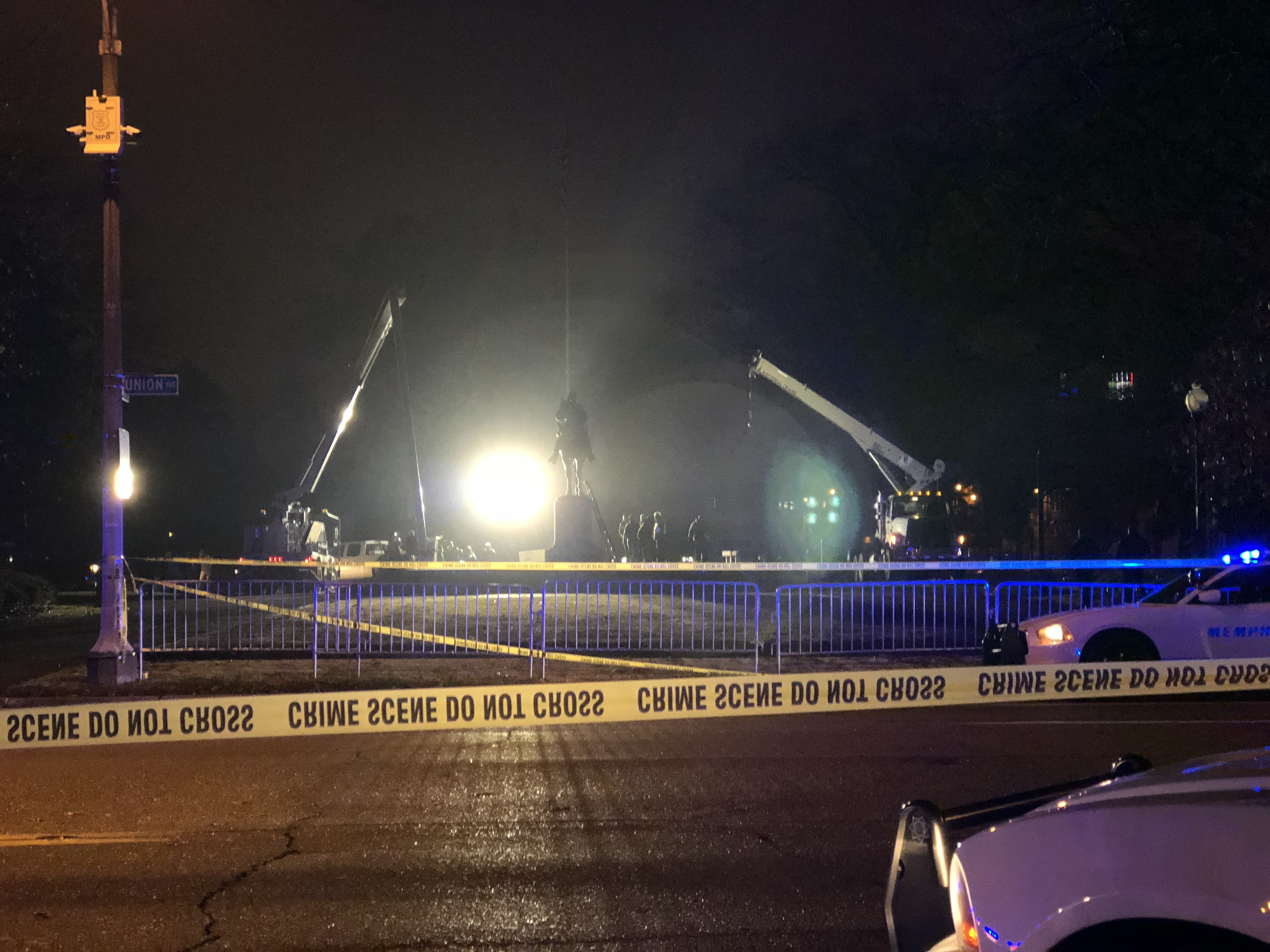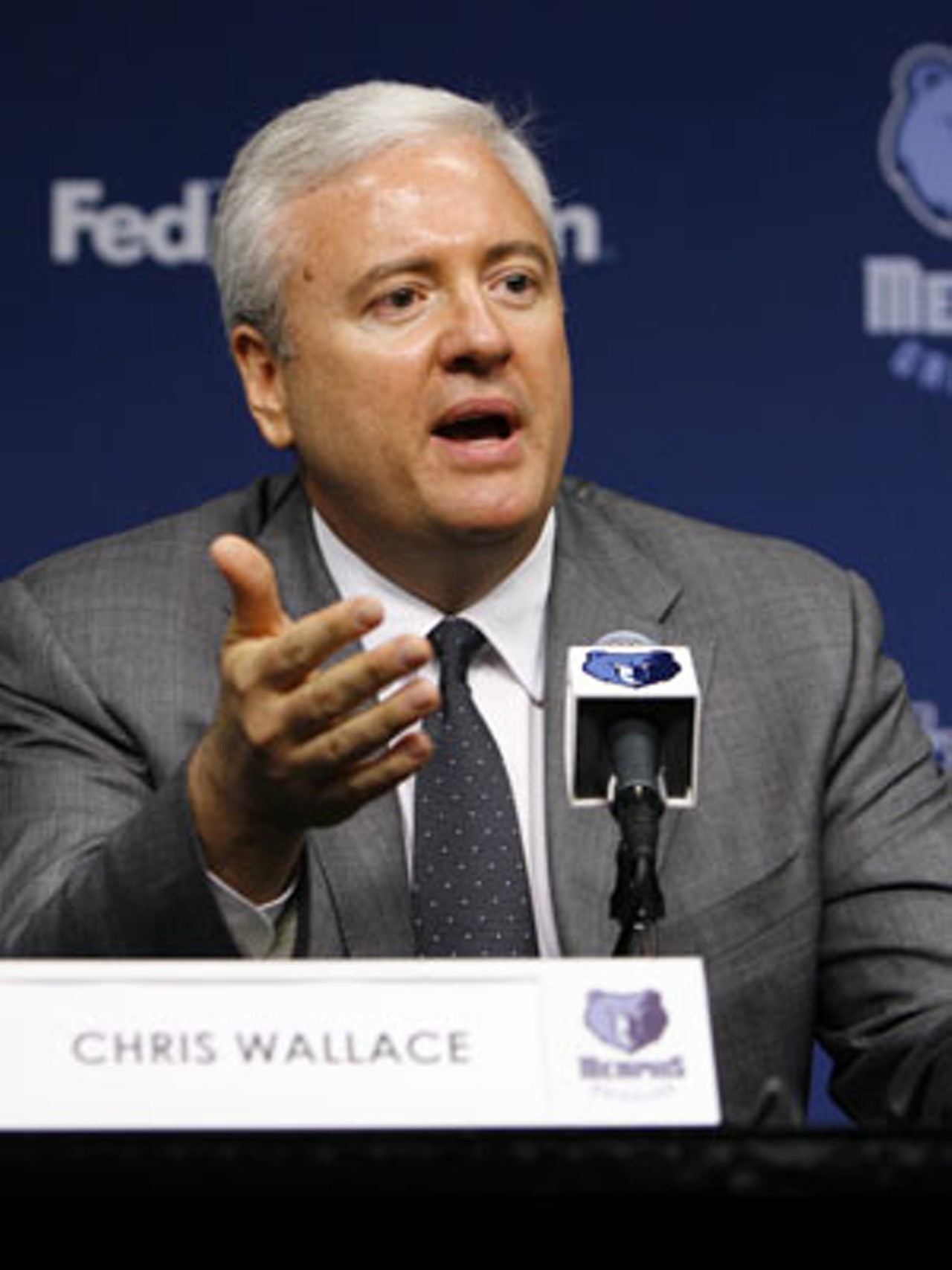Ah yes, the 1990s — the lost golden age of post-Cold War security, moderately rising wages, and good hip-hop. Back in the Clinton era, it was hip not to care. Snark and self-aware meta-humor went together like guitars and heroin. What a great time to be alive, except for the parts that were awful, like the complete lack of wifi hotspots.
I’m sorry. We’re doing ’90s nostalgia now, aren’t we? It’s hard to keep up.
Anyway, Deadpool. Comics in the 1990s were suffering a kind of post traumatic stress disorder fromWatchmen, like a decade-long hangover from one particularly foul bender Alan Moore went on in 1986. The grittier and darker the better, said Rob Liefeld, the artist who set the decade’s zeitgeist at Marvel. Liefeld liked guns, katanas, and bandoleers with lots of pouches and grenades on them. His most famous creation, along with writer Fabian Nicieza, was Deadpool. If Watchmen was a thoughtful critique of the assumptions underlying the superhero myth, Deadpool was raised middle finger. Deadpool is a profane, self-interested mercenary who dispenses ultraviolence on behalf of the highest bidder. His superpower, a Wolverine-like ability to heal wounds instantly, is itself a comment on the consequence-free narratives of the comic medium.
What made Deadpool the quintessential ’90s comic book hero is that he is aware he’s in a superhero comic book. In retrospect, the ironic detachment was a way to both acknowledge that we’ve all seen this stuff before and give ourselves permission to enjoy it anyway.
On screen, Deadpool is the product of an agreement between 20th Century Fox, who own the rights to the X-Men, and Disney, who own the rights to all the rest of Mavel’s creations. Deadpool was a tertiary X-Man, and even led his own spinoff group, X-Force, which was like X-Men, but more X-treme. In a way, Deadpool is the perfect figure to unite the two warring camps of Marvel properties, because he doesn’t take any of this stuff too seriously.
Few actors today tear into their parts with more relish than Ryan Reynolds does with Deadpool. With the origin story out of the way and a producer credit in his contract, Deadpool 2 lets Reynolds take the gloves off and go after the bloated superhero film genre with everything he’s got. He starts with the holy of holies, Wolverine’s death in Logan, and works his way down from there.
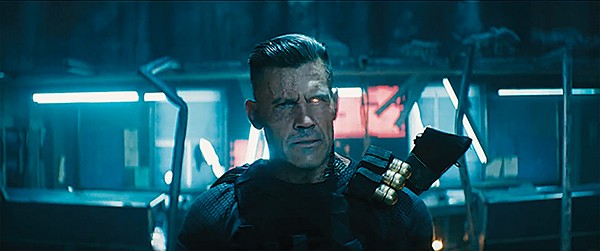
Josh Brolin, fresh off his role as Thanos in Avengers: Infinity War, stars as Cable in Deadpool 2.
This time out, Deadpool’s got a frenemy in the form of Cable (Josh Brolin), another Liefeld creation who sports oh so many small pockets and an extremely large, tricked-out gun. He’s a time-traveling super soldier best described as “Terminator but tortured and brooding.” His mission is to kill Russell (Julian Dennison), a young mutant on the verge of turning evil who will grow up to kill Cable’s family. Brolin seems to be genetically engineered to play the square-headed murder machine, and he provides an effective Nick Nolte to Reynolds’ Eddie Murphy. Dennison, who was incredible in Hunt for the Wilderpeople, holds his own against a more experienced cast. Another welcome newcomer is Domino (Zazie Beetz), whose superpower is luck, which serves as another sly joke at the expense of generations of frustrated comics writers who just needed to wrap their story up in two pages.
Back from Deadpool’s first outing is Negasonic Teenage Warhead (Brianna Hildebrand), who has the distinction of being the only comic book character named after a Monster Magnet song, but is left with very little to do in this film except hang out with her new girlfriend Yukio (Shioli Kutsuna). Faring a little better is Colossus (Stefan Kapicic), who at least gets to have, as Deadpool calls it, “a big CGI fight!”
Successful genre parodies, like Venture Bros., know that in order to have your cake and eat it, too, you have to deliver both good comedy and good action. Deadpool 2‘s seemingly endless parade of fight sequences are constructed from the Marvel template, only with the fight choreographers given free rein to be as bloody and brutal as they want to be. But the picture’s real attraction is Reynolds cracking wise, so after the third or fourth decapitation, it all becomes a tedious blur of slicing katanas and spurting blood. Deadpool 2 is so full of superhero movie in-jokes, one suspects it will be almost incomprehensible in a few years. But for now, this is the franchise we need to deflate all the franchises we probably don’t.
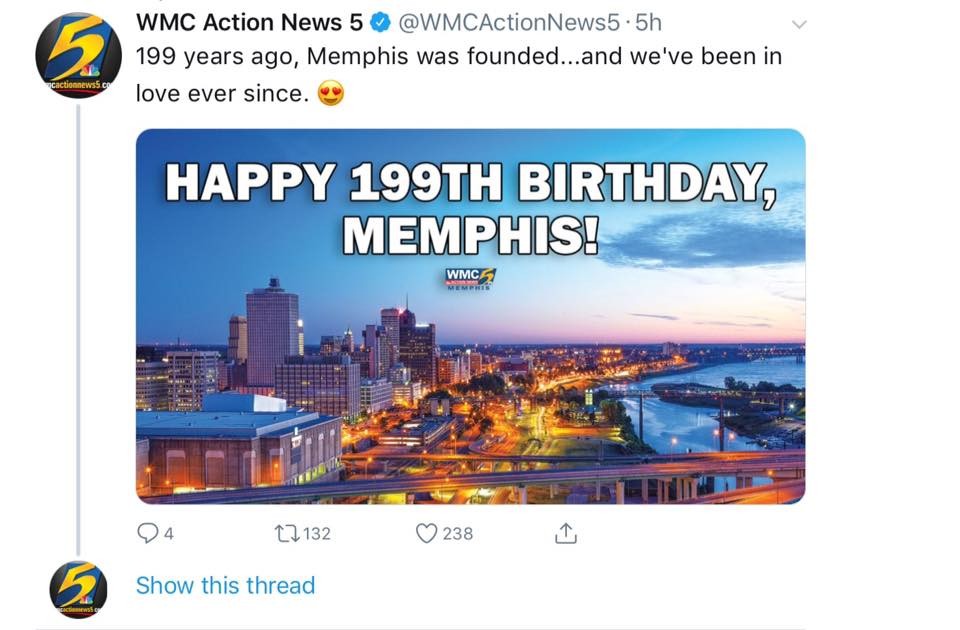
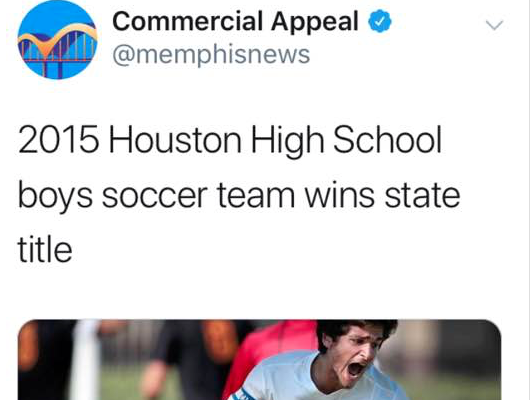


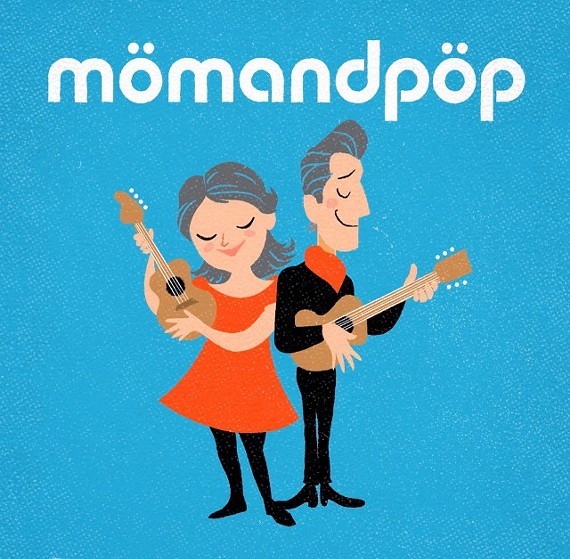

 Memphis and Shelby County Airport Authority – Facebook
Memphis and Shelby County Airport Authority – Facebook  New York Times
New York Times 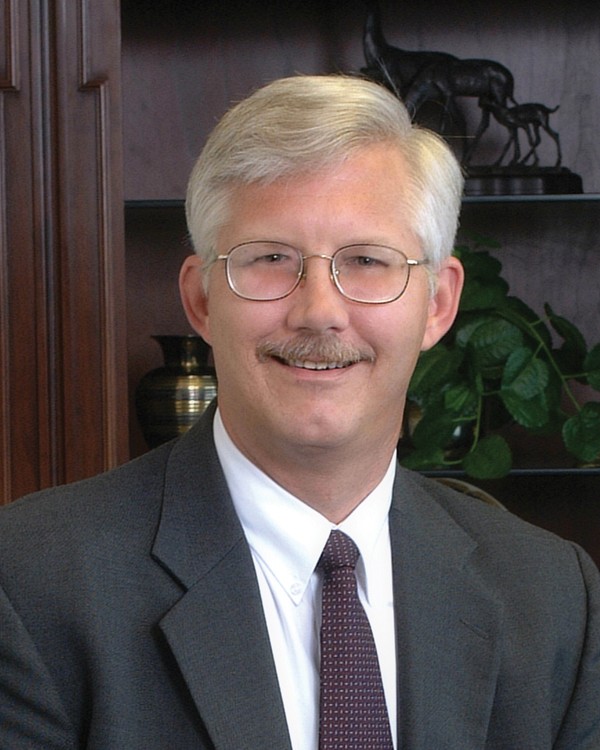

 Jefferson Davis statue
Jefferson Davis statue 
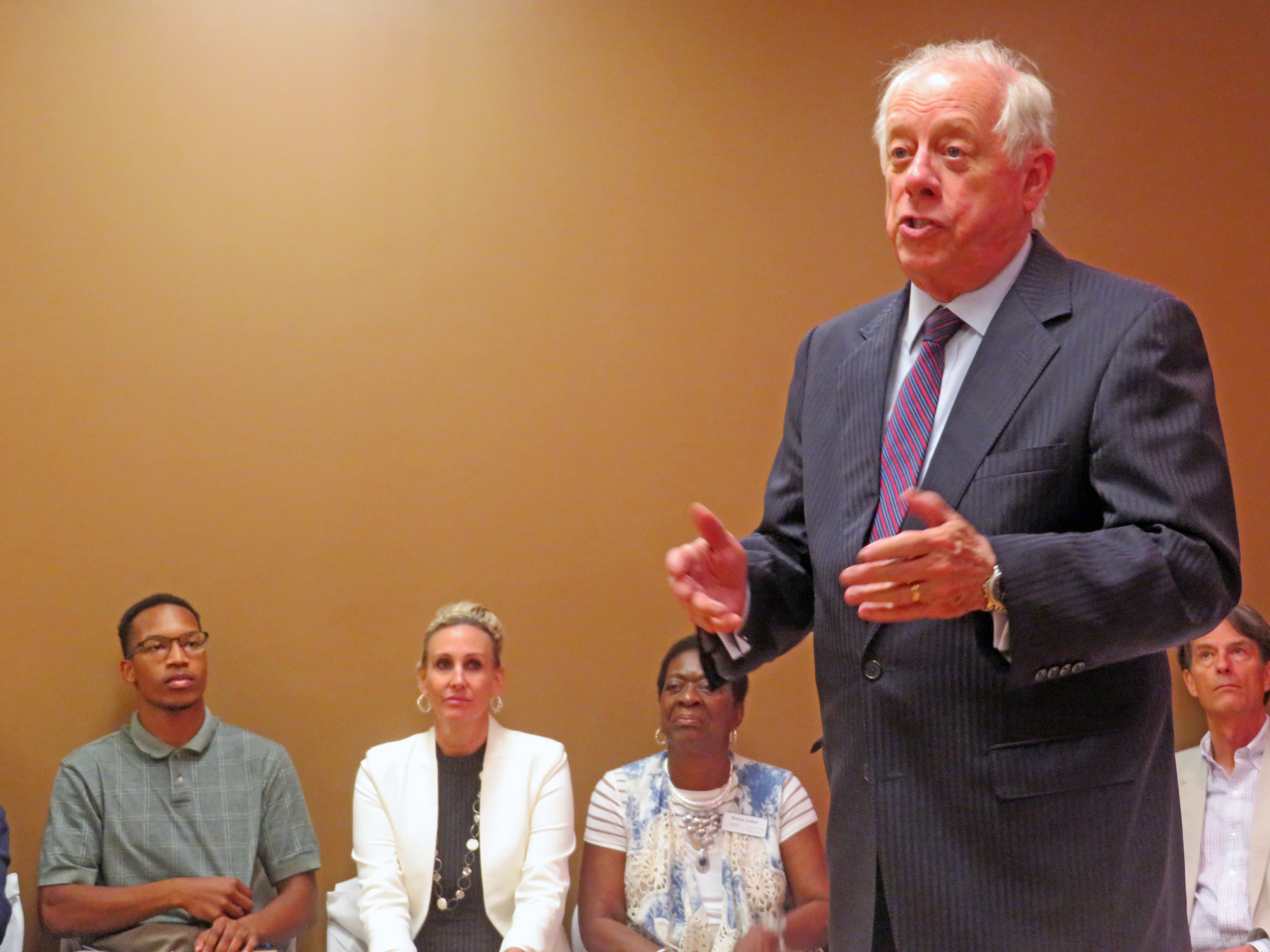 JB
JB 
